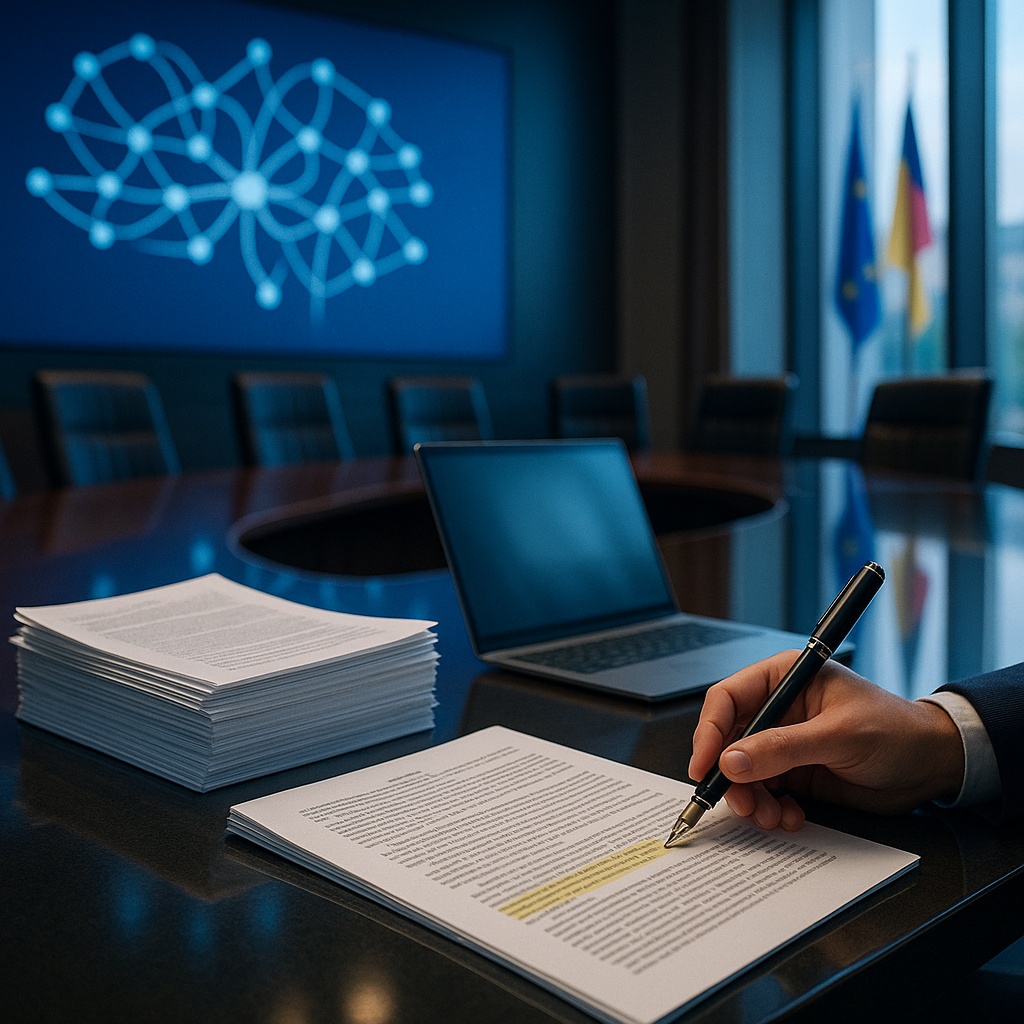From one angle, this is regulatory realism: a pause to prevent legal whiplash, trade blowback, and a brain drain of model developers. From another, it looks like regulatory capture in broad daylight—“harmonization” as a euphemism for loosening the only levers Europe has over systems that increasingly function as critical infrastructure. Civil society warns that deferring transparency and bias obligations invites “safety-washing”; SMEs quietly welcome breathing room but fear that ambiguity is a moat Big Tech knows how to weaponize. Member states pitch competitiveness; Washington’s pressure reads, to critics, like an extraterritorial veto on EU tech sovereignty. Defenders counter that a one-year grace period and targeted exemptions are not surrender but a calibrated reset to avoid balkanized enforcement and to focus scarce supervisory capacity where impacts are real.
Here’s the twist: if the Digital Omnibus couples easing with crisper evidence standards, procurement incentives, and time-boxed, 2027-ready enforcement, a “softer” AI Act could hit harder. A lean shift from sprawling, model-wide mandates to proof-heavy obligations—auditable documentation, data lineage attestations, and context-of-use risk tests—would reward providers who can show their work, not just ship faster. Public buyers could bake these proofs into tenders; insurers and large platforms could mirror them, creating de facto norms that bite sooner than fines. Counterintuitively, looser headlines could disadvantage the most opaque models as market access tilts toward verifiable safety. Europe may yet export its governance not through maximal rules, but through an enforceable trust stack—procurement, liability alignment, and standardized audits—turning a pause many call capitulation into the springboard for a more practical, and ultimately stricter, global baseline.
